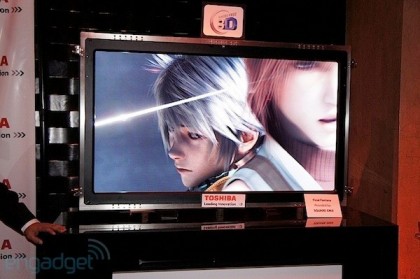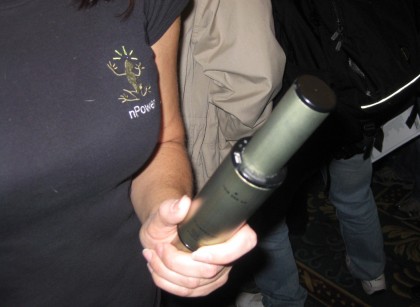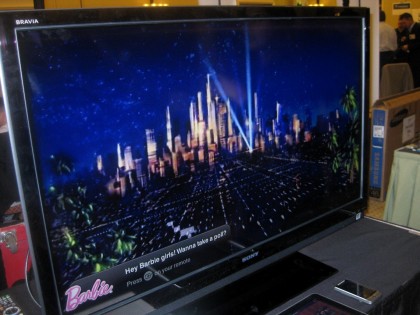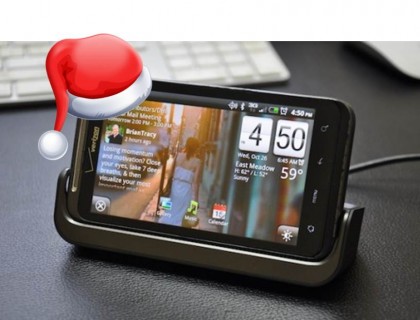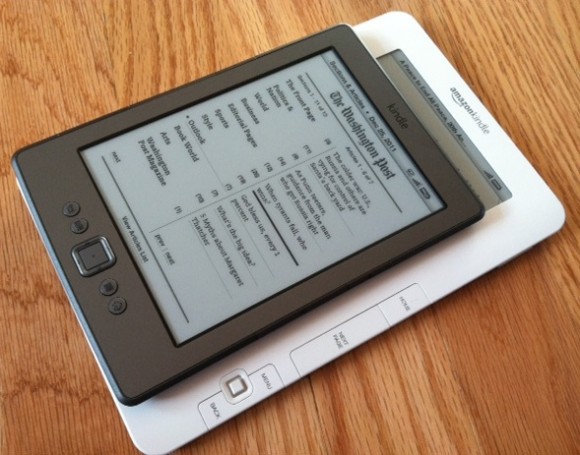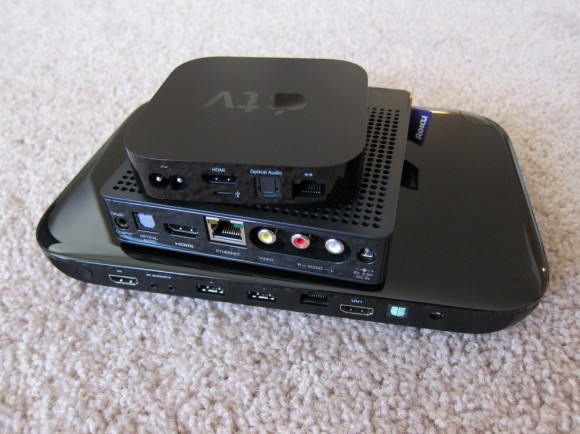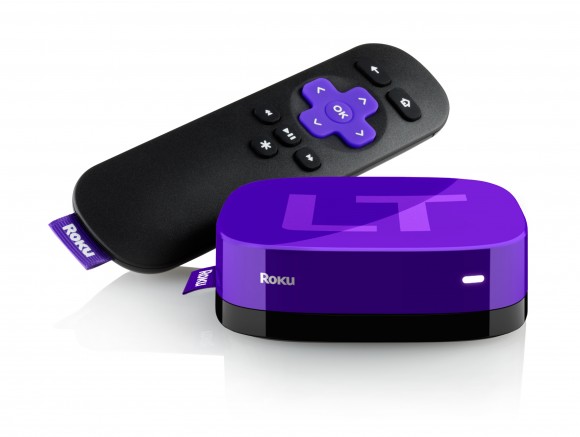Here’s the thing about CES. Most of what we hear is stuff we’ve heard before. The big question is always whether this time it’s for real or not. In this year’s early announcements, we get news that Lenovo is launching a TV set with Android 4.0, Belkin is starting a line of accessories to give existing smartphones and tablets the ability to tune into the new Dyle mobile TV service, and Toshiba is on track to bring its autostereoscopic 3DTV to American shores this quarter. Now, any bets on which products will actually gain traction in 2012? Personally, I’d keep my Vegas winnings tucked away for now.
On the Android front, Lenovo is releasing its Ice-Cream-Sandwich TV set in China, with no word yet on a US debut. Beyond that, however, we’ve seen no evidence that consumers care about Android access on their living-room flat screens. Google certainly hasn’t made a go of it yet with Google TV, and the TV app environment in general is still pretty lackluster. There are lots of apps, but mostly what people watch is Netflix. While experts predict the next three years will be big for connected TV sales, we still haven’t seen a shake-out among TV app environments. Consumers won’t show a preference until somebody demonstrates a TV marketplace with several notably superior apps not available elsewhere. (i.e. apps with really good content a la HBO Go) I doubt Android’s going to be able to do that in 2012.
Dyle TV is an interesting one. The Mobile Content Venture announced just last week that it would start delivering live TV to MetroPCS subscribers, and at CES, Belkin is introducing a line of accessories designed to make existing devices capable of receiving the Dyle mobile DTV service. Unfortunately, broadcast mobile TV services don’t have the best track record.
